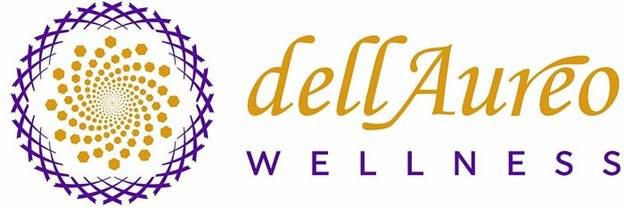To recap from my previous essay, the interstitium, also called the interstitial system, was seen for what it was only recently in 2018. It is the transporter of all the fluid in the human body that resides outside of cells. It is a continuous system of fascia and the fluid lying just underneath the skin, diving deep to surround the viscera, and woven among every muscle fiber down to the bone.
As Above, So Below
I geeked-out when I ran across this flip book decades ago. Fanning one way through the flip book takes the viewer from the picnic on a tablecloth on the lawn of a park way out into outer space. Fanning in the opposite direction burrows down through the skin of hand past the molecular structure of biology to the relative enormous space between atoms. AND…
Discovery of the interstitium has given new appreciation of fascia in somatic professions. Yet, recognition of fascia as connective tissue is not new. Persians began naming it in the 9thc CE.
In the profession of therapeutic massage, there are many ways to engage with fascia, because fascia responds to touch and adapts to manipulation. Classic massage (formerly known as Swedish) with its gliding, rolling, and kneading can target the superficial fascia just beneath the skin and fasscia among the muscle fibers for more ease of movement and relief of muscular tension. The slow and quiet manner in which classic massage is usually conducted also benefits the autonomic nervous system, by toning the parasympathetic nervous system.

Here are some specialties within the therapeutic massage profession that are focused on fascia.
Visceral manipulation, VM, developed by Jean-Pierre Barral works with viscera, so that organs may have unimpeded movement. Relief from digestive issues is a common benifit. New explorations of VM’s application with anxiety and trauma are being developed.
Myofascial release works with fascia incorporated with muscle fiber and connective tissue for greater range of motion and motion without pain. The techniques used include classic massage, assisted stretching, and specialized pressure and manipulation techniques targeting specific actions of our kinesthetic anatomy. Tom Meyers’ Anatomy Trains is a model to understand the interconnectivity of fascia interacting with muscles and connective tissue of joints.
Scar tissue release techniques work with the fascial layers under the skin. Adhesions can form in the fascia from surgery, impact, injury, and tattooing. When the skin repairs the composition favors collagen, which provides strength, and the presence of elastin, which provides stretch, is less. Techniques remodel the skin and the underlying fascia by breaking apart adhesions. Marjorie Brooks’ STRAIT method has been forerunner in this application of therapeutic massage.
Fascia is made of collagen and elastin in varying ratios. The reason therapeutic massage is effective is because collagen fibers can be deconstructed and reformed. Tissue manipulation can change the collagen from a gelatinous to a liquid state and then encourage the collagen to return to its gelatinous state along a suggested path.
Fascia also generates piezoelectricity from applied pressure and mechanical stress. Although this phenomenon was first observed in the 19th c CE, understanding the significance of this property of fascia is ongoing research.
Fascia is a dynamic system akin to a river. Sitting on the banks, it looks like the same river. Being swept with the current of the water, the scenery is always changing. More than this, the current has an electrical current.
It is useful to note that the meridians of classic and traditional Chinese medicine are more or less in alignment with myofascial models, and Chinese medicine’s extraordinary vessels can be connected to the fascia visceral region. So once again, I see frontiers of science meeting the wisdom of the ancients.
© 2025 Lisa Patrell
Life Coaching + Somatics & energetics.




